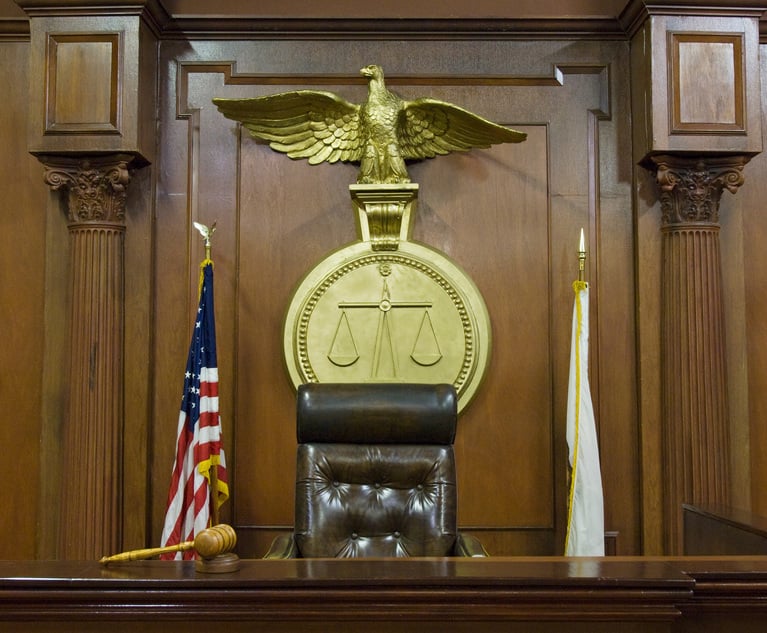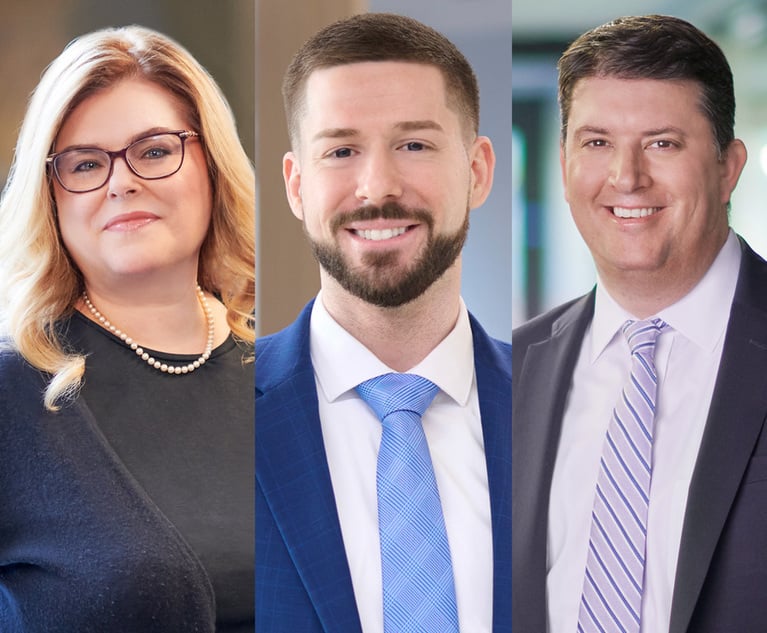The EB-5 immigrant investor visa program has been turbulent the last few years. The first major change requires a look back in November 2019 when the U.S. Citizenship and Immigration Services (USCIS) increased the required investment amounts from $500,000 in a TEA (targeted employment area) and $1 million in a non-TEA to $900,000 and $1.8 million, respectively. This increase was almost immediately challenged with litigation in federal court. In June 2021, a federal court found that the increase in investment amounts was invalid, thereby reducing the minimum investment amount for TEA projects back to $500,000. The court also found the change in the definition of a TEA to be invalid. This ruling was made only days prior to the expiration of the EB-5 Regional Center program on June 30, when Congress did not timely reauthorize the program, resulting in the current lapse of the EB-5 regional center program.
While the EB-5 immigrant investor visa program itself is a permanent program created by legislation, the EB-5 regional center program is not; however, the regional center program has been reauthorized many times for different lengths of time since its inception. To date, this almost six-month lapse is the longest lapse the program has ever experienced. The lapse is significant because the majority of EB-5 investments are made through the EB-5 regional center program due to certain advantages it provides the investors such as allowing investors to passively invest through a limited partnership or limited liability company. In the Philadelphia tristate area alone, the regional center program has a significant impact, these major projects included EB-5 investments: the Pennsylvania Convention Center, Aker Philadelphia Shipyard, SEPTA Key, Courtyard by Marriott Hotel at the Philadelphia Navy Yard, the University City Science Center, Agusta Aerospace’s plant expansions, and the Pennsylvania Turnpike’s reconstruction to name a few.


 Vicki Li of Klasko Immigration Law Partners
Vicki Li of Klasko Immigration Law Partners




